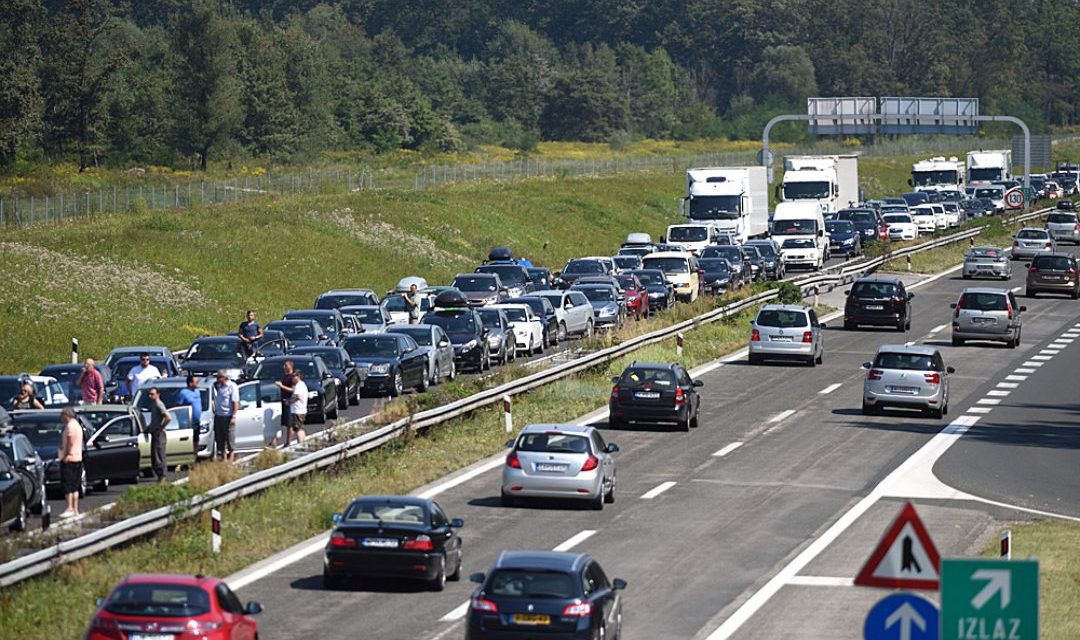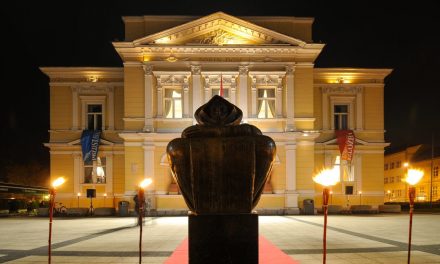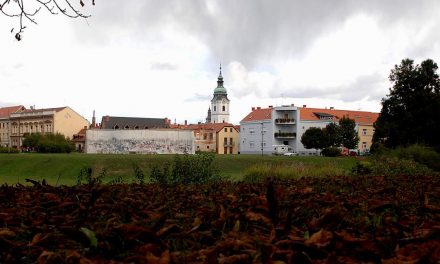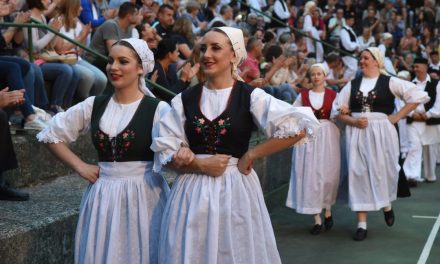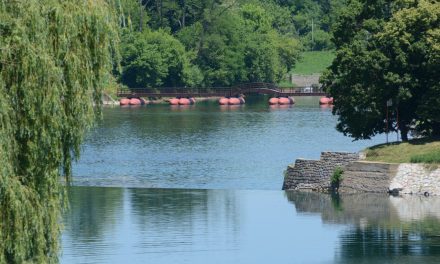The grain trading and transport centre
In the 18th and first half of the 19th century, Karlovac was the port on the Danube waterway closest to the Adriatic Sea and the largest grain trading and traffic centre in Croatia. Kupa Quay (whose remnants are still visible) was congested with boats, grain warehouses and other goods. Steam boats also sailed the Kupa, the first one carrying wheat arrived into Karlovac from Sisak in 1862 (by the Sava River to Sisak in 1844), a decade before the first Croatian steamboat on the Adriatic Sea.
The richest city in Croatia
At the end of the 18th century, Karlovac experienced its first ’Golden Age’ of economic development. As a free regal city (since 1781), it paid the highest taxes of any other city in Croatia and Slavonia. Some of the rich people from Karlovac, according to records made by historians, even ‘lighted pipes using currency notes of ten’, whereas the money which would fall to the floor during card games, wouldn’t be picked up again.
The brewery, the city’s attraction
The Karlovac Brewery is a trademark of Karlovac. It is the largest Croatian exporter of beer, and alongside the Zagreb Brewery it is the largest beer producer in Croatia. The oldest origins of brewing in Karlovac date back to the year 1779 in the Dubovac city quarters. There in 1854, the forerunner to the Karlovac Brewery was opened. The quality of beer is guaranteed by the original recipe and the water from nearby sources.
Much preserved itinerant traders
Karlovac inhabitants had once been known as a resilient and persistent people. Since the mid-19th century, they were widely renowned as traders – itinerant traders (so called ‘prajzeri’) from Prilišće, who walked throughout the whole of Central Europe all the way to the Baltic Sea. They carried household goods to sell in wooden backpacks – cabinets handing from their shoulders, the wider part would be hanging from their backs, whereas the upper extension rested on their chests. They traded throughout Europe from spring to autumn, and then returned to their families. With the appearance of vehicles used for transporting goods, the walking retailers – itinerant traders disappeared prior to the First World War.
A third railway line in Croatia
The railway line between Zagreb and Karlovac was opened for operation in 1865, and acted as the third railway line in Croatia (in 1860 the route was Kotoriba – Čakovec – Macinec, and in 1862 the Zidani most – Zagreb – Sisak rout was possible). In 1873, Karlovac was linked to Rijeka. It was then that the ‘Golden Age’ of grain trade Karlovac ceased, and rapid industrialisation of the city began.
The city grew from a factory
In late 19th century, there were only a few hamlets in Duga Resa. With the construction of textile factories (from 1884 to 1893) by the entrepreneur Josef Jeruzalem , the entire town was developed between the Mrežnica River and the Josephine roadway. At that time, it had very advanced ‘garden’ sections, in which the working-class houses received substantial yards. The factory evolved in the company called Pamučna industrija (Cotton Industry), which still operates today. The Kasar and Inzl worker settlements are protected architectural works and represent a true urban monument.
The first reinforced-concrete bridge
In 1900, the first reinforced concrete (RC) bridge was placed into service in Ogulin in Croatia. It was completed in just six years after the construction of the first RC bridge of the same Hennebique structural type in Switzerland. The new RC bridge, spanned 10 meters, had width of 7 meters, and was built on the site of the dilapidated stone bridge in the Lomost district which ran through a dry riverbed of Dobra River.
The Karlovac beginnings of the medicine factor
In 1920, the ‘Kaštel’ factory for chemical-pharmaceutical products, the forerunner of today’s ‘Pliva’ was founded in1920 in the Karlovac district of Kaštel. In 1928, the Kaštel Factory was relocated to Zagreb, in 1945 became part of Pliva developing into one of the world’s largest manufacturers of medicines. It is best known for the discovery of the antibiotic azithromycin.
Karlovac nails for the African camels
The Mustad Factory for hoof nails in Karlovac successfully worked in unchanged form in the period between 1925 and 2002. It exported hoof shoe nails for horses and camels to all five continents. Until now, the unique example of industrial architecture of the main factory building with a part of the plant is the only such architecture preserved in Croatia, although upon the closure of production the whole factory complex was supposed to be converted into a so called ’working museum’, but in the end the idea was not carried out.
The first electrical power system
In 1934, the first electrical exhibition was held in the Zora Club, in Karlovac, Croatia. Here were presented substation Ilovaca and 57 kilometres long transmission line Ilovac- Zagreb. In 1930, the construction of hydro power plant in Ozal and thermal power plant in Zagreb led to the connection of the first power system in Croatia.
The first to get a motorway
The first Croatian motorway 39 kilometres long was built from Zagreb to Karlovac. It’s construction began in 1970 and the first cars started using it on 29th December 1972. The Zagreb – Karlovac Motorway provides a link between the Croatian inland and coastal highways, and is today the busiest road in Croatia, especially during the peak tourist season in the summer.
The longest tunnel and viaduct
The Mala Kapela Tunnel located on the Zagreb – Split Motorway, south of Ogulin, is the longest tunnel in Croatia. The right tube was opened to traffic in 2005, and the longer left tunnel (5,821 metres in length) some four years later. The Karlovac Drežnik Viaduct, totalling 2,485 metres in length, was built in 2004, rests on 20-metre high columns and is the longest viaduct of its kind in Croatia.

